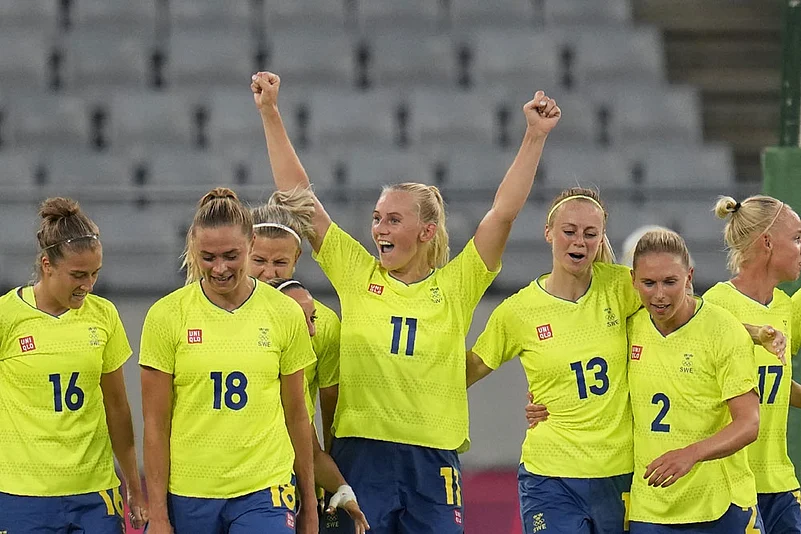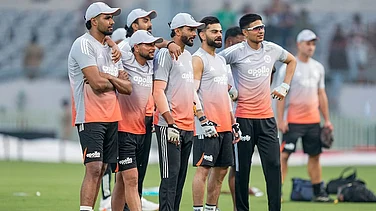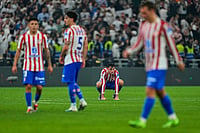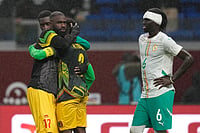The path to the Women’s World Cup has been vastly uneven for the teams headed to Australia and New Zealand next month.
A report released Tuesday by FIFPRO, the global players’ union, outlined the disparity in standards and conditions for qualifying for the teams that vied for the 32 spots in the tournament, which starts on July 20.
The report said 29% of the players have not been paid for taking part in qualifying tournaments. When players were paid, often it was based on performance in matches. Only 40% of players considered themselves professional athletes.
Additionally, 66% of players said they had to take unpaid leave or vacation days to play in qualifying events.
Nearly all of the players, 93% of the 362 players surveyed, believed they were not paid enough.
“In highlighting these conditions and the status of players across the globe, FIFPRO firmly calls on the industry to take a closer look at the qualification processes in each of the six confederations,” FIFPRO urges in the report. “This is so we all can commit to meaningful changes that look at the overall opportunities the FIFA Women’s World Cup can deliver to a greater number of players than those that just appear at the final tournament in July and August this year.”
The report also found a lack of important safeguards for athletes, with 54% reporting they had not had a medical examination prior to qualification. Thirty-three percent said there was not sufficient recovery time between games. A majority also felt that gym and recovery facilities were subpar or did not exist, and 32% said that stadiums and fields were not up to standard.
The survey included players from the 2022 qualifying tournament from the six confederations, including the Women’s Asian Cup (AFC), the African Cup of Nations (CAF), the CONCACAF W Championship, Copa America Feminina (CONMEBOL), Women’s Nations Cup (OFC) and the Women’s European Championship (UEFA).
UEFA was the only confederation with a standalone qualification process. The other were also confederation championships. In CONCACAF and CONMEBOL, the qualification tournaments also served as Olympic qualifying.
The report urged the confederations to adopt a qualifying standard and structure with a standalone process for the World Cup. That would pave the way for more opportunities for women to play.
The report underscored the disparity within women’s soccer globally. The United States, currently ranked No. 1 in the world and the two-time defending World Cup champion, successfully bargained for a contract that guarantees equal treatment and pay with the men’s national team.
In contrast, Jamaica’s national team recently took public concerns that its federation was not preparing the team with camps and exhibition matches in preparation for the World Cup. The players also noted they had not been paid for qualifying.
FIFA boosted the prize money for this year’s Women’s World Cup to $110 million, up from the $30 million prize fund the governing body paid out at the 2019 tournament in France. More recently, FIFA pledged that every player who takes part in the tournament will earn at least $30,000. The paycheck rises if teams do well, with each player for the winning team earning $270,000.
“The World Cup is the pinnacle of national team football but the pathways to the tournament define the players’ conditions over a very long period. Therefore, ensuring the best possible conditions here is vital,” FIFPRO general secretary Jonas Baer-Hoffmann said in a statement. “We are prepared to work with FIFA and confederations to improve conditions for World Cup qualification and address the current inequities and fragmentation.”





















